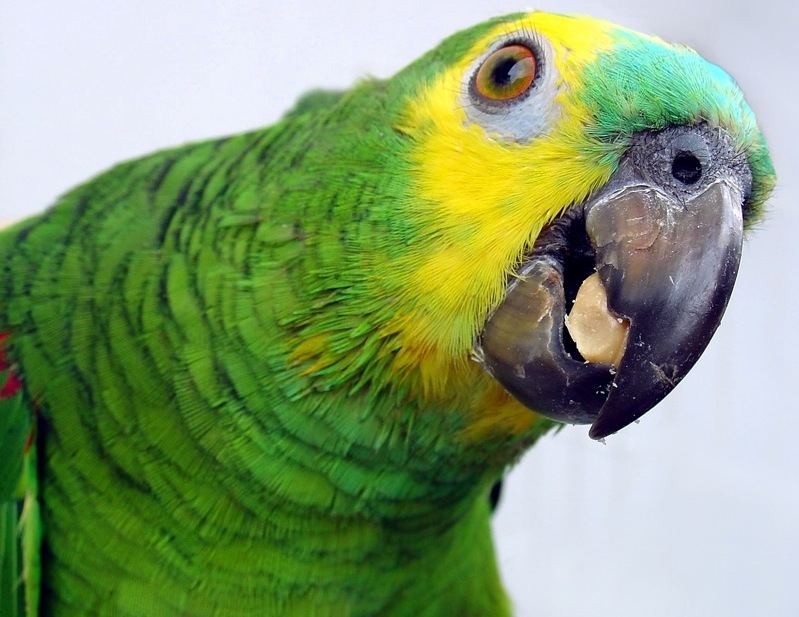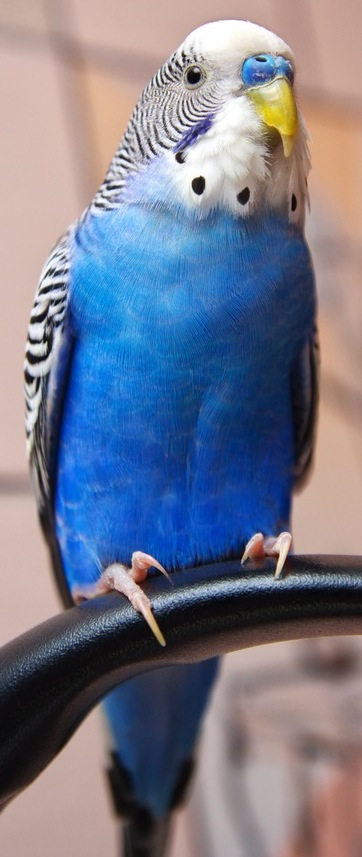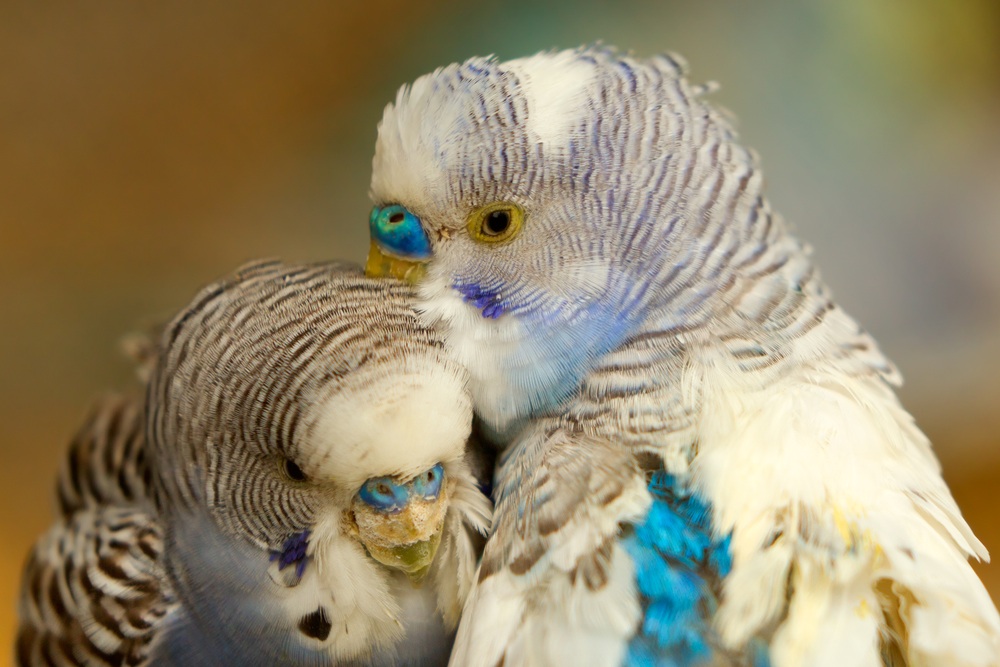A bill problem

Birds rely on their bills for a variety of purposes. The bill serves partly as the bird's hands and teeth, enabling it to obtain food, catching insects or cracking seeds. It is also vital for preening, gnawing and picking up nesting material.
In spite of its hard appearance, a bird's bill consists of living tissue beneath the horny covering. It can be damaged quite easily, often by fighting in the case of parrots. It is important to check the double wiring between pairs of parrots housed in adjacent flights.
Otherwise, you may find that not only are their toes at risk of being badly bitten, but also the beak could have been torn if the birds are allowed to come into direct contact with each other. This does not just apply to large parrots either - smaller species such as parrotlets and peach-faced lovebirds (Agapornis roseicollis).
Bill repair
Treating an injury of the beak depends initially on stabilising the bird's condition, as it is likely to be in a severe state of shock. There will almost inevitably be some bleeding, and if a significant part of the upper bill is torn, then the bird will have difficulty in eating any hard food.
The addition of an electrolyte solution to the drinking water should help to overcome the effects of shock, while there are now 'complete' foods available, which contain all the essential nutrients necessary to keep birds in good condition, even if they are not able to eat on their own.
Reconstruction of the bill by a skilled avian veterinarian may well prove to be feasible, with modern dental materials now often being used for this purpose. Damaged bills can heal successfully, but it is a protracted process because the rate of growth is slow.
Early issues
Many cases of bill abnormalities in budgerigars begin while the birds are chicks in the nest. The tissue of the bill is especially soft at this stage and can be easily malformed. Nest dirt, accumulating in the space between the tongue and the lower bill can cause this problem. The result is likely to be an undershot bill, with the lower bill growing out beyond the upper, causing permanent malformation unless it is detected early.
When changing concaves therefore, the inside of the mouths of chicks should be checked carefully as well. Dirt may also accumulate on the underside of the upper bill, with similar consequences, causing an overshot beak in this case. The key danger period is once the chicks are starting to feather up and have their eyes open, as they begin to pick around in the nest themselves.
Removing deposits of this type is quite easy in most cases, with the blunt end of a match stick being a useful tool for this purpose. (Obviously avoid using the head end of the match!) It is simply a matter of restraining the chick, so you can gently open the bill and use the stick to prise out the dirt carefully.
Always check the young budgerigars at this stage, because once signs of distortion are apparent, then there is no treatment possible. The bird will need to have its bill trimmed back regularly for the rest of its life.
It is not only an accumulation of nest dirt which can cause deformed bills; there may also be inherited factors involved, particularly in the case of undershot bills, where the upper part of the beak tucks down inside the lower bill, rather than curling around it.
The need to gnaw

Environmental factors may also be implicated as well, since pet budgerigars kept indoors and unable to gnaw are much more susceptible to overshot beaks than those housed in aviary surroundings. The problem becomes more apparent in birds from about three years onwards. The bill is then likely to require regular cutting, so that the budgerigar can continue eating without difficulty.
A stout pair of clippers rather than a pair of scissors is to be recommended for this task. You can then be certain of cutting cleanly through the tissue of the beak, rather than splitting it and causing it to flake. Cutting should only be carried out in a good light, enabling you to locate the blood supply which extends down towards the tip of the bill.
If it is cut too short, then bleeding will be inevitable. Recognising the point beyond which you can cut the bill is easier in budgerigars with light-coloured bills, such as lutinos. Err on the cautious side if you are in doubt.
Trimming the lower bill, to deal with an undershot beak is easier, partly because the beak here is generally thinner. There is little risk of bleeding resulting, if you nip the overgrown edge with the clippers, corresponding to the rest of the outline of this part of the bill.
Providing fresh branches may help to prevent any recurrence of overgrowth if the birds will gnaw these perches. Certain parrots are especially likely to suffer from overgrown bills, notably members of the Brotogeris genus, as well as species which are less common in aviculture, like the fig parrots and the delightful Malay blue-rumped parrot (Psittinus cyanurus).
Scaly face

The structure of the bill can also be affected, weakened and deformed by scaly-face mites, which are especially common in budgerigars, but can also strike other species, such as kakarikis (Cyanoramphus species). These New Zealand parrakeets seem to have very little resistance to these microscopic mites, although this red-fronted kakariki is free of infection.
The tell-tale early signs are small holes and minute snail-like tracks on the upper beak. If left untreated, the mites will bore more deeply into the tissue of the bill. This causes it to grow abnormally, and flake, as shown by the budgerigar here.
By this stage, permanent damage will have occurred, but if recognised early, scaly face can be cured very easily, with no disfiguration of the bill, by applying a proprietary remedy sold in pet shops, and preferably a drug of the avermectin group, as this can be given in a drop form on the neck. Disinfect the cage thoroughly and replace the perches afterwards, to prevent the risk of reinfection.